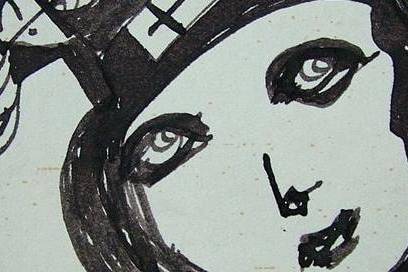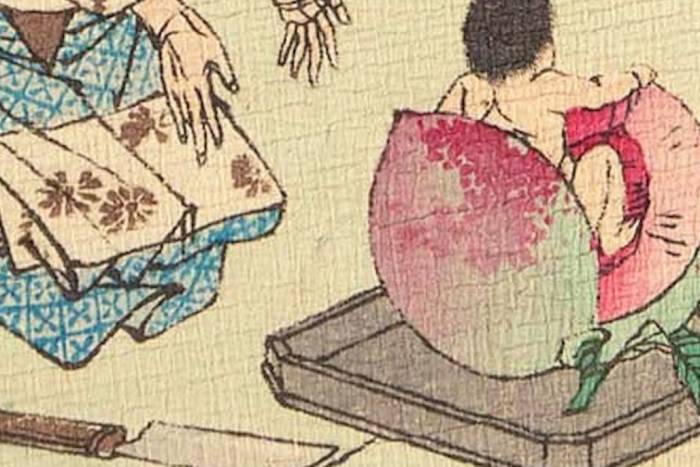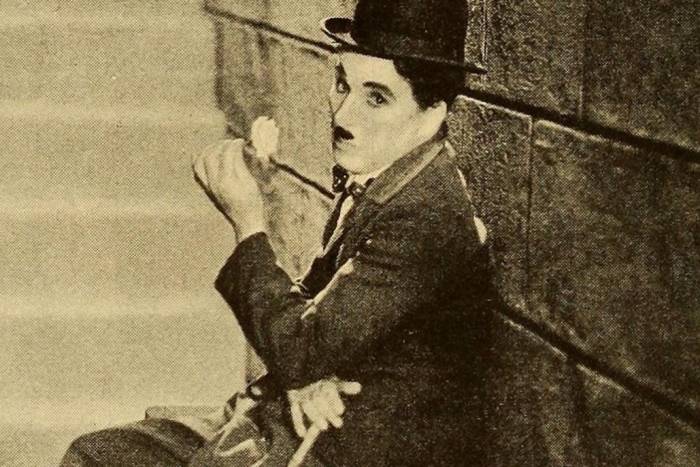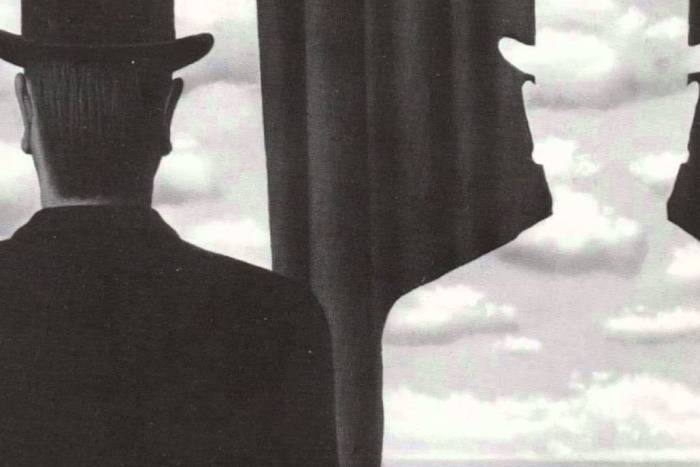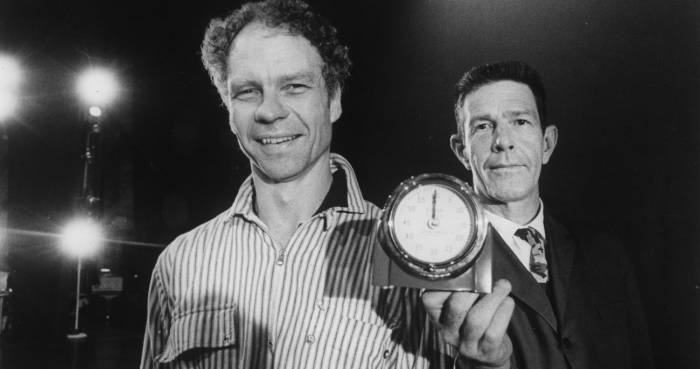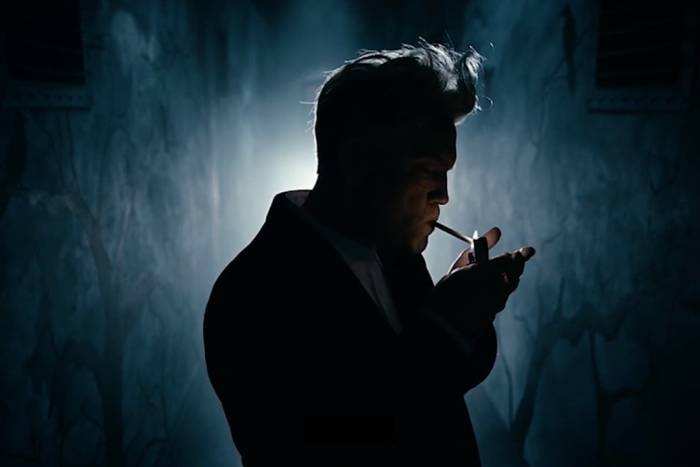César Aira, Or the Art of Beginning a Novel
Aira isn't looking for the black thread, but the possible frameworks of any thread.
Perhaps the literature of César Aira (Coronel Pringles, 1949) is a long, uninterrupted investigation on the engines and hinges that keep the machine of narration running. Let’s not think of a story, novel, short, medium-sized or long story, but rather just plain narration: the multiple interests of life have been filtered by the strainer of literature: to talk about film, fine arts, scientific discoveries or philosophy, he resorts to novel. It’s like he says: the novel in our days is such a flexible object that it fits literally anything and everything, and with more than thirty novels published, perhaps Aira hasn’t covered everything, but quite a bit.
As a reader, one cannot help but feel challenged to cover so much, or nearly as much as Aira: to follow the footprints of his numerous books is a full-time job. I have met men and women who have left their families, their jobs and their countries for the pursuit of these novels. I’m not exaggerating––it is even an understatement. I myself haven’t even covered a third of what he’s published, and this is due to publishing-related reasons: Aira lives off the royalties of his books published in Spanish publishers such as Mondadori, De Bolsillo and Alfaguara: El Mago, Las noches de Flores,Parménides, Cómo me hice monja, Cumpleaños (sometimes labeled as an autobiographic essay), or more recently, El santo. This gives him the supreme freedom to write — according to his own words — a page per day, or even less, in a meticulous yet unhurried ritual, which leaves him the time and desire to publish a pair of novels per year at a good rhythm at independent publishers such as Blatt & Ríos, Cuneta and Belleza y Felicidad, thanks to which they can publish new authors. They are short novels “that sometimes don’t reach 100 pages.” Aira writes with the prolixity of the old, such as Balzac and Flaubert, but without their marathon length. The Airan novel is not long-winded, but fast-paced.

Aira’s emphasis is on the process of pulling the narrative thread more than finding the black thread. He is a self-proclaimed fan of stereotypes: his characters are fair magicians, women beat by jerks, European tourists in Buddhist temples, monks and nuns, pizza delivery boys, zombies, occasionally writers and occasionally himself a character. No psychology or psychologisms to be found here. When he has written about other authors (such as in his beautiful books on Alejandra Pizarnik and Copi), he has given priority to the work more than the character-writer. Stereotypes allow him to ignore the need to construct a character from scratch, while concentrating on the framework of narration. When the entanglement of a story is shortened, like a wick on fire, Aira produces one of his anticlimactic finales, which his detractors use as a basis for quick judgment. Sometimes the endings are a blast, but often they are wet explosives. In 2009, he declared to the newspaper La Nación: “My endings aren’t that great. I’m often criticized for them, with good reason, because they are a little abrupt. And I’ve noted I sometimes get tired or I want to start another story, and I finish it however I can.”
How to start a novel? La costurera y el viento begins with a boy who accidentally boards a bus headed to Patagonia; Triano, with two young poets putting together an exhibition; Parménides with a king that hires a writer for pay; El pequeño monje budista with a pair of retirees who meet the smallest monk in the world; and El mármol with a visit to the supermarket. What goes unsaid in Aira is this: a novel can began at any time, with the most modest and simplest elements, and the most banal characters. Aira’s skill lies in what he is capable of doing with such materials. There are novelists who are the goldsmiths of fine jewelry, but Aira seems more like a talented artisan whose greatest quality is stubbornness, almost the fanaticism of continuing to narrate, for not cutting the black thread, but to continue engaging to the infinite.
Perhaps we can make a small addendum to the initial argument of this article; Aira’s work isn’t an investigation on the machine of narration, but on its beginnings: on what triggers a story and keeps it alive. The novel as a rocket, not as a race car. The combustion of its engine is required to propel itself beyond the limits of gravity and terrestrial obstacles, but not always enough to bring it back home. Because once it is propelled, the story doesn’t return to the point of origin: nothing is settled, the reader isn’t left with any deep lesson or admiration for the technical skill of Aira: he simply closes the book and carries on, but the Airan fever certainly takes hold in the imagination.
Aira´s many and faithful readers probably seek that finale in each new publication, that definitive conclusion that none stops having; or they return — we return — addicted to his masterly beginnings. The enthusiasm of reading him comes from immersing oneself in the flow of that ever-promising beginning, full of possibilities to explore. That’s why it seems Aira isn’t going to retire soon. He’s just getting started.
.
Image credit: Daniel Mordzinski
Related Articles
Pictorial spiritism (a woman's drawings guided by a spirit)
There are numerous examples in the history of self-taught artists which suggest an interrogation of that which we take for granted within the universe of art. Such was the case with figures like
Astounding fairytale illustrations from Japan
Fairy tales tribal stories— are more than childish tales. Such fictions, the characters of which inhabit our earliest memories, aren’t just literary works with an aesthetic and pleasant purpose. They
A cinematic poem and an ode to water: its rhythms, shapes and textures
Here lies One Whose Name was writ in Water. - John Keats Without water the equation of life, at least life as we know it, would be impossible. A growing hypothesis holds that water, including the
Watch beauty unfold through science in this "ode to a flower" (video)
The study of the microscopic is one of the richest, most aesthetic methods of understanding the world. Lucky is the scientist who, upon seeing something beautiful, is able to see all of the tiny
To invent those we love or to see them as they are? Love in two of the movies' favorite scenes
So much has been said already, of “love” that it’s difficult to add anything, much less something new. It’s possible, though, perhaps because even if you try to pass through the sieve of all our
This app allows you to find and preserve ancient typographies
Most people, even those who are far removed from the world of design, are familiar with some type of typography and its ability to transform any text, help out dyslexics or stretch an eight page paper
The secrets of the mind-body connection
For decades medical research has recognized the existence of the placebo effect — in which the assumption that a medication will help produces actual physical improvements. In addition to this, a
The sea as infinite laboratory
Much of our thinking on the shape of the world and the universe derives from the way scientists and artists have approached these topics over time. Our fascination with the mysteries of the
Sharing and collaborating - natural movements of the creative being
We might sometimes think that artistic or creative activity is, in essence, individualistic. The Genesis of Judeo-Christian tradition portrays a God whose decision to create the world is as vehement
John Malkovich becomes David Lynch (and other characters)
John Malkovich and David Lynch are, respectively, the actor and film director who’ve implicitly or explicitly addressed the issues of identity and its porous barriers through numerous projects. Now

